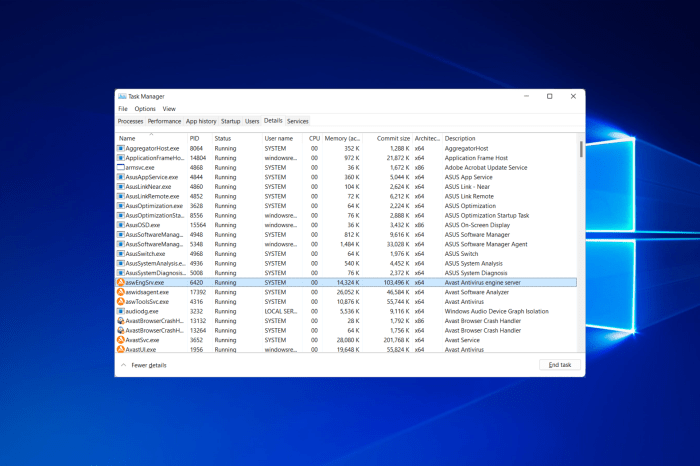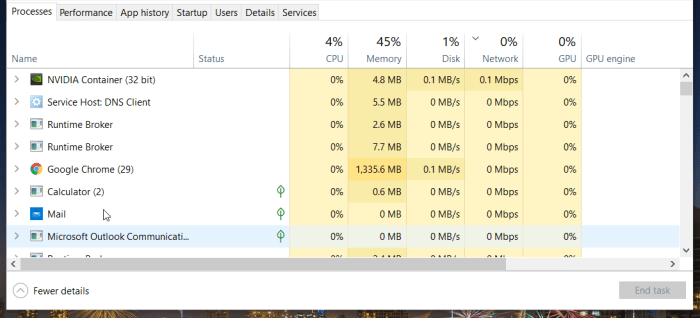Ping spiking on Ethernet networks can be a major headache, causing performance issues and frustrating users. Understanding the causes and how to troubleshoot and prevent ping spikes is crucial for maintaining a reliable network.
This comprehensive guide will delve into the causes of ping spikes on Ethernet, including hardware issues, network congestion, and software glitches. We’ll also provide step-by-step troubleshooting tips and best practices for preventing ping spikes in the future.
Ethernet Ping Spikes

Ping spikes on Ethernet networks occur when the latency (delay) in sending and receiving data packets experiences sudden, significant increases. This can result in noticeable performance issues for applications that rely on real-time data exchange, such as gaming, video conferencing, and file transfers.
The causes of ping spikes on Ethernet networks can vary. Hardware issues, such as faulty cables or network adapters, can lead to data transmission errors and increased latency. Network congestion, where there is excessive traffic on the network, can also cause ping spikes as packets compete for bandwidth.
Software glitches, such as driver conflicts or outdated firmware, can also contribute to ping spikes. These issues can disrupt the normal functioning of the network interface and cause data transmission problems.
Ping spikes can have a significant impact on network performance. High latency can lead to slow response times, stuttering video, and dropped connections. In gaming, ping spikes can result in delayed inputs and lag, affecting the gameplay experience. For video conferencing, ping spikes can cause interruptions in audio and video transmission, making communication difficult.
Troubleshooting Ping Spikes

Troubleshooting ping spikes on Ethernet networks involves identifying the source of the problem and implementing appropriate solutions. The first step is to use diagnostic tools, such as the ping command or network monitoring software, to measure the latency and identify the affected devices or network segments.
Once the source of the problem is identified, common solutions for resolving ping spikes include:
- Updating network drivers and firmware
- Replacing faulty cables or network adapters
- Optimizing network settings, such as adjusting the MTU (Maximum Transmission Unit) or enabling flow control
- Reducing network congestion by optimizing traffic flow or upgrading network infrastructure
Preventing Ping Spikes, Ping spiking on ethernet

Preventing ping spikes on Ethernet networks requires proactive measures to ensure optimal network performance. Best practices include:
- Using high-quality hardware, such as reliable network cables and adapters
- Keeping software up-to-date, including network drivers and firmware
- Optimizing network configurations to minimize latency and congestion
- Managing network traffic effectively to prevent overloading and ensure smooth data flow
Impact of Ping Spikes on Applications

Ping spikes can have a significant impact on different types of applications:
- Gaming:Ping spikes can cause delayed inputs, lag, and stuttering, affecting the gameplay experience and competitiveness.
- Video conferencing:Ping spikes can lead to interruptions in audio and video transmission, making communication difficult and affecting the quality of the meeting.
- File transfers:Ping spikes can slow down file transfers, especially for large files, affecting productivity and efficiency.
To mitigate the impact of ping spikes on applications, users can:
- Use wired connections instead of wireless to reduce latency and improve stability
- Close unnecessary applications and background processes to reduce network traffic
- Optimize network settings for the specific application, such as adjusting the priority of network traffic or using a gaming mode on routers
FAQ Corner: Ping Spiking On Ethernet
What causes ping spikes on Ethernet?
Ping spikes on Ethernet can be caused by various factors, including hardware issues (e.g., faulty cables or network cards), network congestion (e.g., high traffic or bandwidth limitations), and software glitches (e.g., outdated drivers or conflicting applications).
How do I troubleshoot ping spikes on Ethernet?
To troubleshoot ping spikes on Ethernet, start by identifying the source of the problem. Use diagnostic tools to check for hardware issues, network congestion, or software glitches. Once the source is identified, you can apply appropriate solutions, such as replacing faulty cables, optimizing network settings, or updating drivers.
How can I prevent ping spikes on Ethernet?
To prevent ping spikes on Ethernet, use high-quality hardware and software, optimize network configurations, and manage traffic effectively. Regular network maintenance and monitoring can also help identify potential issues before they cause problems.
